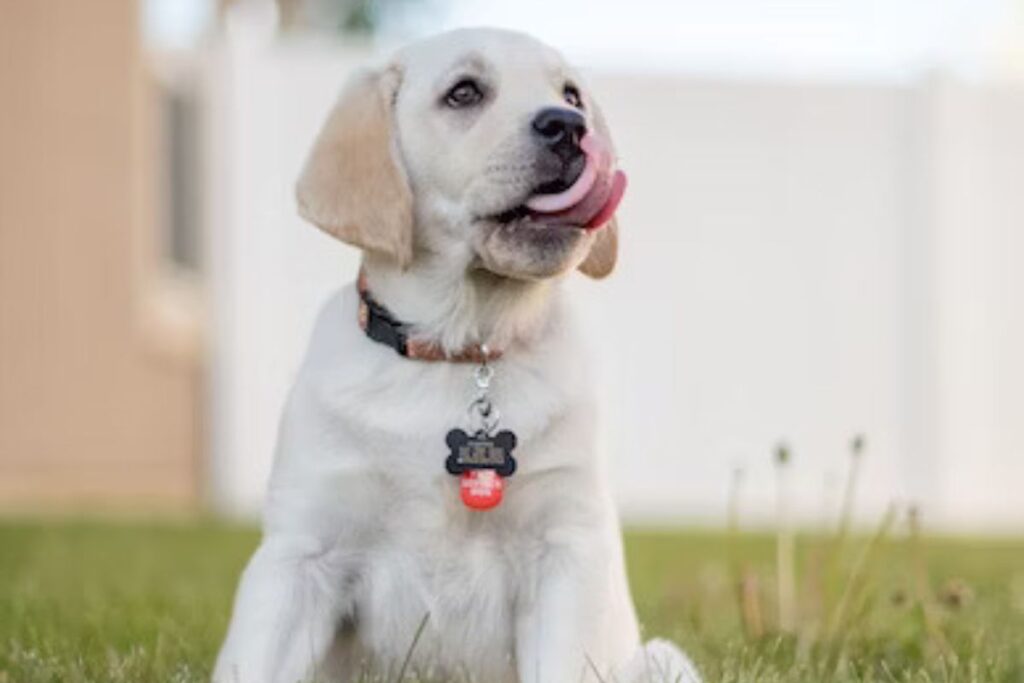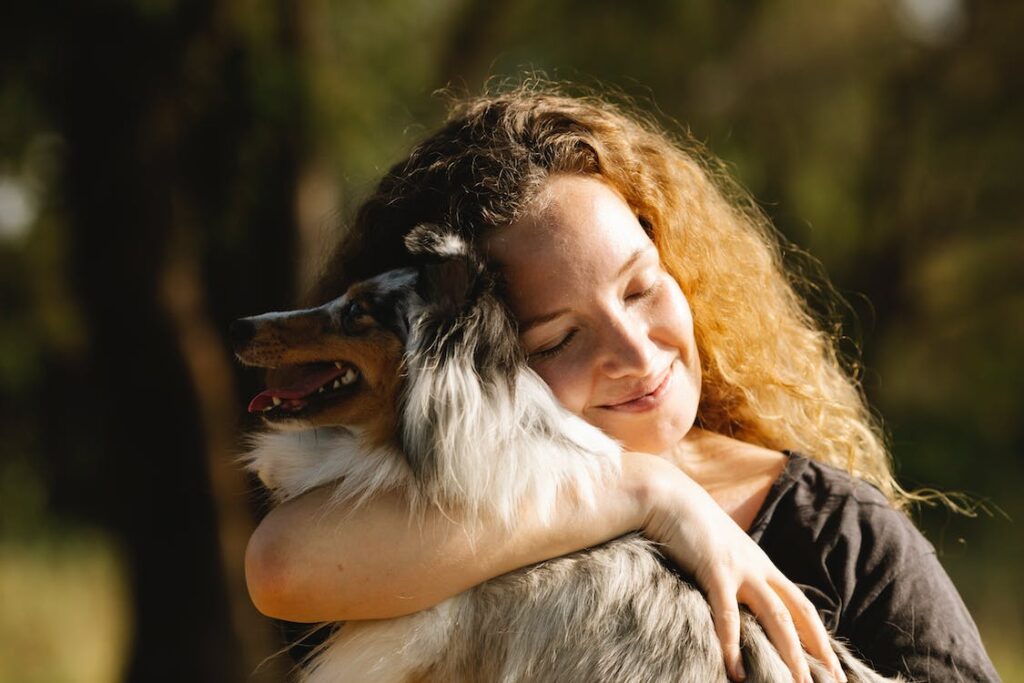
Welcome to our comprehensive guide on animal behavior essentials! As pet owners, understanding the behavior of our beloved furry friends is essential for their well-being and for fostering a strong bond with them. In this blog post, we’ll delve into the world of animal behavior, decoding their cues, and providing you with valuable tips to improve your connection with your pets.
Why Understanding Animal Behavior Matters
Animals communicate through their behaviors, expressing their emotions, needs, and desires. By being attuned to their cues, you can address their needs more effectively and ensure their physical and emotional well-being. Moreover, a deeper comprehension of animal behavior can prevent and address behavioral issues, creating a harmonious and happy living environment for both you and your pets.
Decoding Animal Behavior Cues: Listening to What They’re Saying
Animals use various cues to express joy, fear, anxiety, or hunger. Their body language, vocalizations, and behavior patterns can provide valuable insights into their emotional states. By paying close attention to these cues, you can respond appropriately to their needs and provide the comfort and care they require.
Animals employ non-verbal signals for communication, and understanding how to interpret these cues is crucial for establishing a meaningful connection with your pet. Animals exhibit diverse reactions when experiencing hunger, anger, or pain. Yet, these behaviors, while appearing inconspicuous to an untrained observer, carry substantial information within them.
Have you ever witnessed your pet wagging its tail, grinning at you, or playfully exploring its surroundings? Within this article, you’ll delve into a myriad of animal behaviors and gain valuable insights.

Positioning Of the Tail
A tail in wagging motion indicates excitement. Moreover, a wagging tail suggests the dog’s courage and readiness for potential action.
Tucking In the Tail
If an animal is experiencing pain or fear, it may tuck its tail in.
Eye Position
A fixed gaze might indicate the animal’s readiness to charge, possibly in anger. Additionally, prolonged staring can convey the animal’s affection and respect towards you.
Conversely, watery eyes are a clear sign that your animal companion is in need of urgent attention.
Panting
Dogs and other animals regulate their body temperature through panting. Nonetheless, excessive panting might signal dehydration. Furthermore, a content animal may pant due to heightened excitement.
Circling
Consider this scenario: when your cat circles around you, it signifies recognition of your presence and authority. Yet, exercise caution when a dog circles you, as it could be asserting dominance.
Furthermore, a diseased ear can disrupt balance, resulting in excessive circling behavior.

Bowing
Universally recognized as a playful gesture, the act of lowering their chest close to the ground while keeping their hips elevated is a clear invitation for interaction, often referred to as a playful bow or play-bowing.
Groaning
When an animal emits a groan, it often indicates anger and a potential readiness to attack; in such cases, exercise caution when approaching. Moreover, an animal’s groaning might stem from pain, signaling an urgent need for your immediate attention.
Excessive mounting
An animal might attempt to mount you or stationary objects. Apart from being in heat, a dog, for instance, could engage in mounting behavior as a display of dominance.
Head Banging
Headbanging could indicate a potential head injury, prompting the need to contact your veterinarian for assessment.
Recognizing animal behavior patterns is vital, as it could make the difference between life and death.
Excessive Lip Licking
Similar to humans, animals often lick their lips following a delightful meal. Furthermore, frequent lip licking could serve as an indicator of a lip injury.

Bad Oral Breath (halitosis)
While dogs naturally have some level of bad breath, an extended and persistent foul odor emanating from your dog’s mouth warrants your attention.
Persistent bad breath should raise concerns about your pet’s oral health, prompting you to consider reaching out to your veterinarian for necessary medical care. However, it’s important to note that not all instances of foul breath should cause alarm, as the stomach may release unpleasant gases following digestion.
Signs of stress
When observed outside of tiredness, yawning, lip licking, and averted gaze collectively indicate a dog’s stress or potential overstimulation. These are the signs of negative animal behavior. At such times, it’s advisable to provide them with some personal space.
Creating a Positive Environment: A Happy Home for Your Pets
A positive living environment is essential for your pet’s well-being. Providing them with a safe, comfortable, and stimulating space reduces stress and encourages positive behaviors. Ensuring they have access to toys, interactive activities, and a consistent daily routine contributes to their overall happiness.

Training and Behavior Modification: Building Good Habits
Training is a vital aspect of shaping your pet’s behavior. Positive reinforcement techniques, such as rewarding good behavior, can encourage desirable actions and discourage unwanted ones. Consistency and patience are key as you work with your pet to develop good habits and proper socialization.
Strengthening the Human-Animal Bond: Love, Trust, and Companionship
Building a strong bond with your pets is a rewarding and fulfilling experience. Spending quality time with them, engaging in play, and understanding their needs help create a sense of trust and mutual affection. Active listening and empathy are crucial in nurturing this special connection.
Tips for Better Animal Care
- Familiarize yourself with your pet’s breed characteristics and temperament to better understand their behavior.
- Use positive reinforcement to reward good behavior and redirect undesirable actions.
- Create a predictable daily routine to provide a sense of security and reduce stress.
- Socialize your pets with other animals and people to promote confidence and friendliness.
- Provide mental and physical stimulation through interactive toys and engaging playtime.
- Seek professional help from trainers or behaviorists if you encounter any behavioral challenges.
Building a Strong Bond with Your Pets
- Dedicate quality time to your pets daily, engaging in activities they enjoy.
- Learn and respond to their preferred ways of affection, whether it’s cuddling, belly rubs, or play.
- Practice active listening to understand their needs and emotions.
- Practice patience and maintain consistency in your interactions with your pets.
- Trust and respect are the foundation of a strong human-animal bond.
Conclusion: Embrace the Journey of Discovery and Companionship
Understanding animal behavior is an ongoing journey of discovery and companionship. By interpreting their cues, creating a positive environment, and investing in training and bonding, you can ensure the well-being of your furry friends and enjoy a harmonious relationship with them.
Treat your pets with love, compassion, and respect, and they will reward you with unwavering loyalty and affection. Remember, it’s not just about being a pet owner; it’s about being a loving companion to your beloved animals. The effort you put into understanding their behavior will be richly rewarded by the love and joy they bring into your life. Embrace the adventure of being a pet parent and cherish the special moments with your furry companions!






